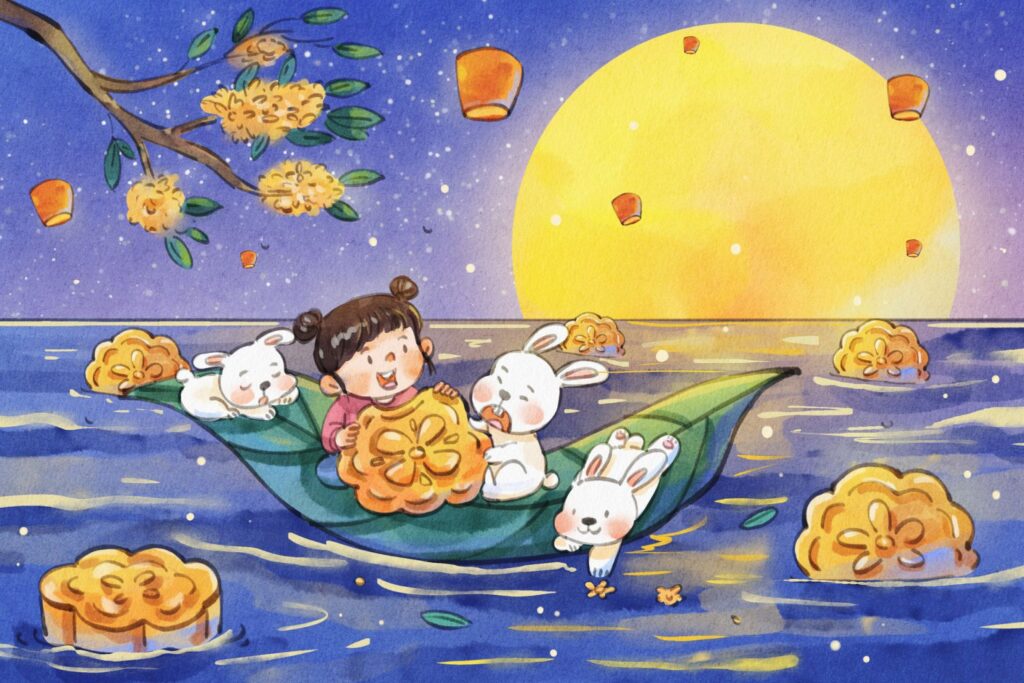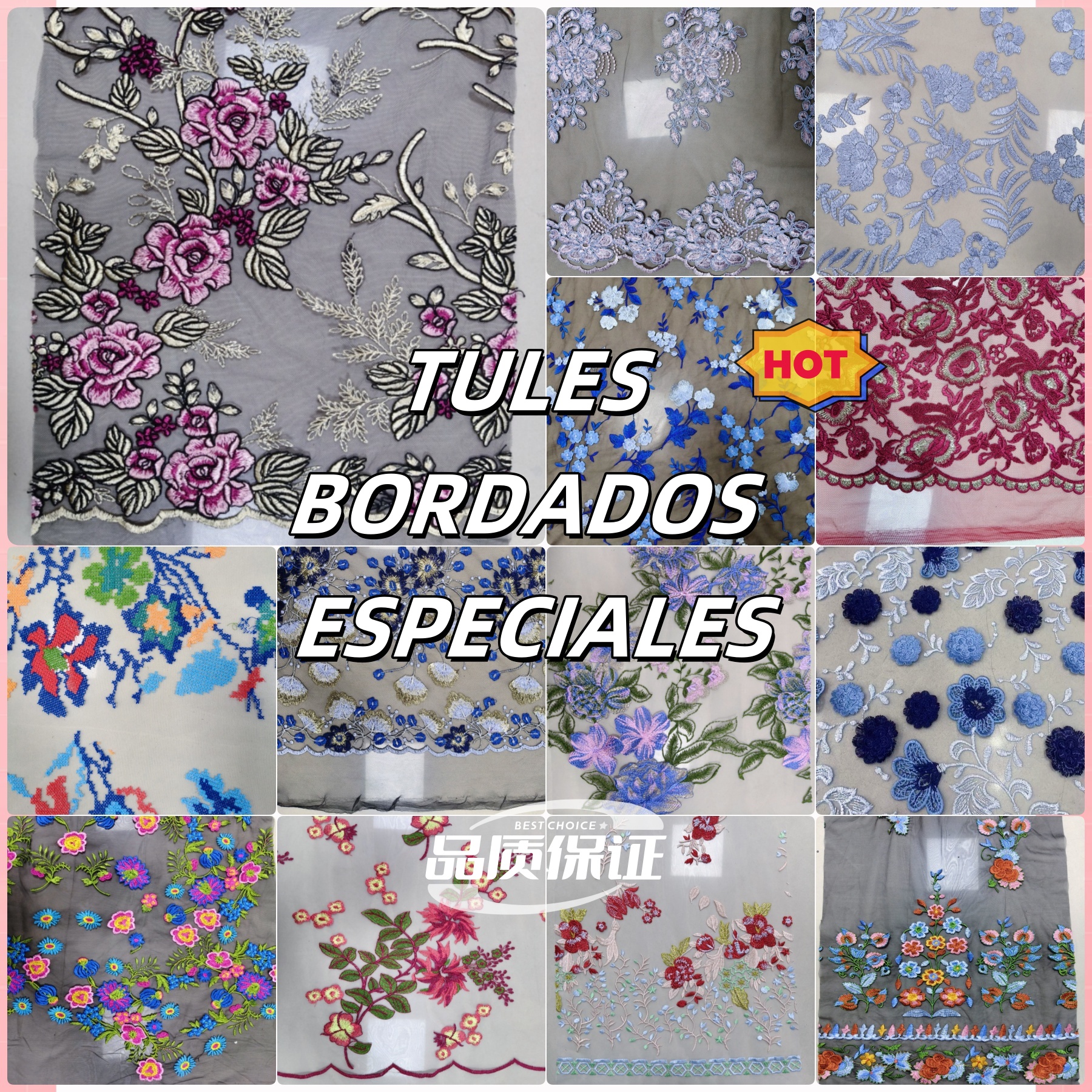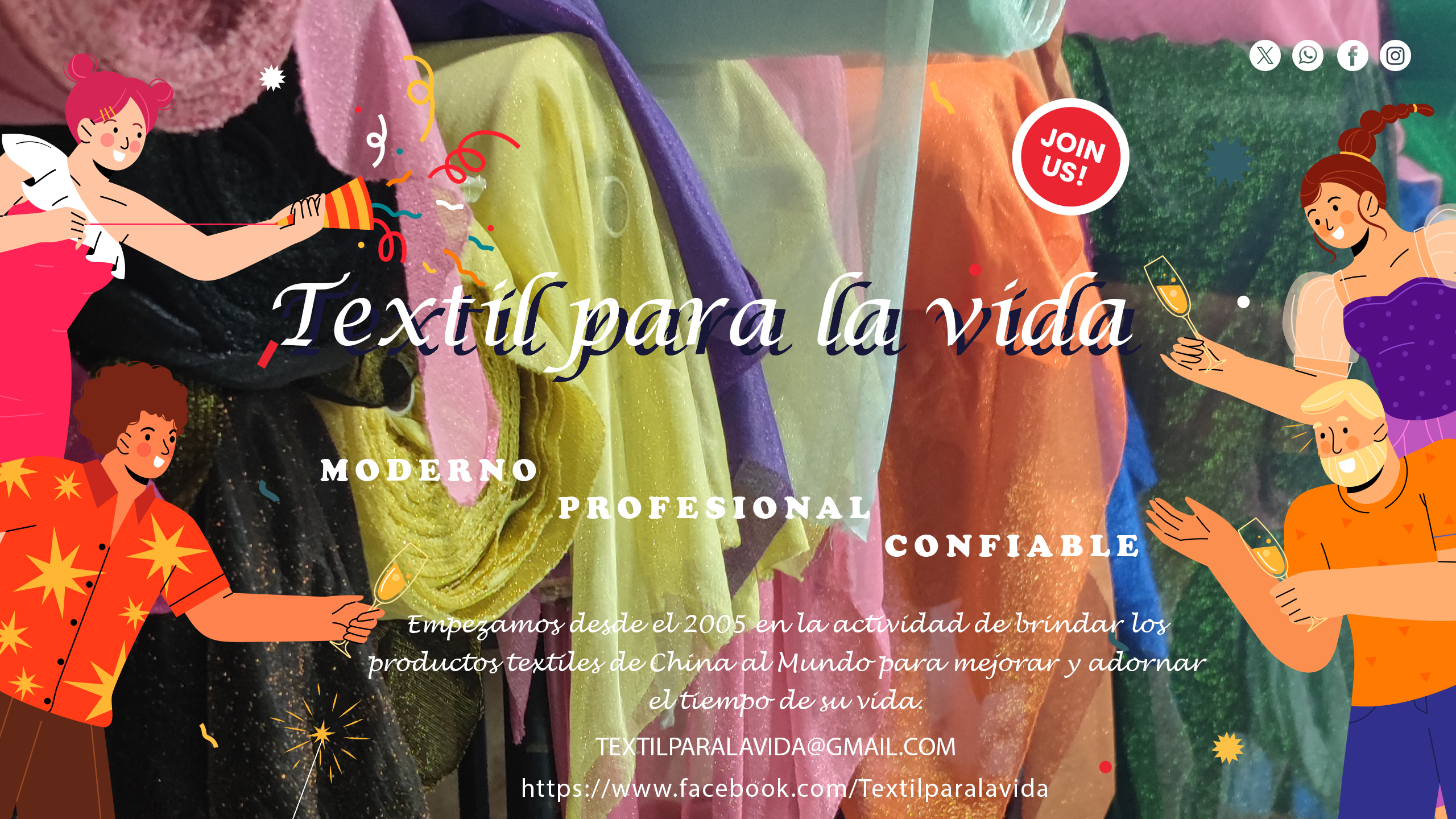The Moon Festival, also known as the Mid-Autumn Festival (中秋节, Zhōngqiūjié), is one of the most significant traditional festivals in China. It is celebrated on the 15th day of the 8th month of the Chinese lunar calendar, which typically falls between mid-September and early October in the Gregorian calendar.
Cultural Significance:
The Mid-Autumn Festival is a time to celebrate family reunions, give thanks for the harvest, and honor the full moon, which is a symbol of unity and completeness. The moon is believed to be at its brightest and fullest during this time, symbolizing the gathering of families.
Origins and Legends:
This festival has ancient roots, originally tied to harvest celebrations and the worship of the moon. One of the most famous legends associated with the festival is the story of Chang’e, the moon goddess. According to the myth, Chang’e ascended to the moon after drinking an elixir of immortality. Her story is central to the festival’s symbolism.
Customs and Traditions:
- Family gatherings: Families come together to share meals and celebrate unity, often dining under the light of the full moon.
- Mooncakes (yuebing, 月饼): These round pastries, filled with various ingredients like red bean paste, salted egg yolk, or mixed nuts, are the traditional food of the festival. Their round shape symbolizes the full moon and family togetherness.
- Admiring the moon: Families often go outside to observe the full moon, symbolizing connection and the hope that distant loved ones are also gazing at it.
- Lanterns: In some regions, people light colorful lanterns, which they float on water or release into the sky as a symbol of good fortune and hope.
The Mid-Autumn Festival is not only celebrated in China but also in other Asian countries such as Vietnam, Korea, Japan, and Malaysia, with variations in traditions. However, the central themes of family reunion and gratitude for abundance remain the same.




